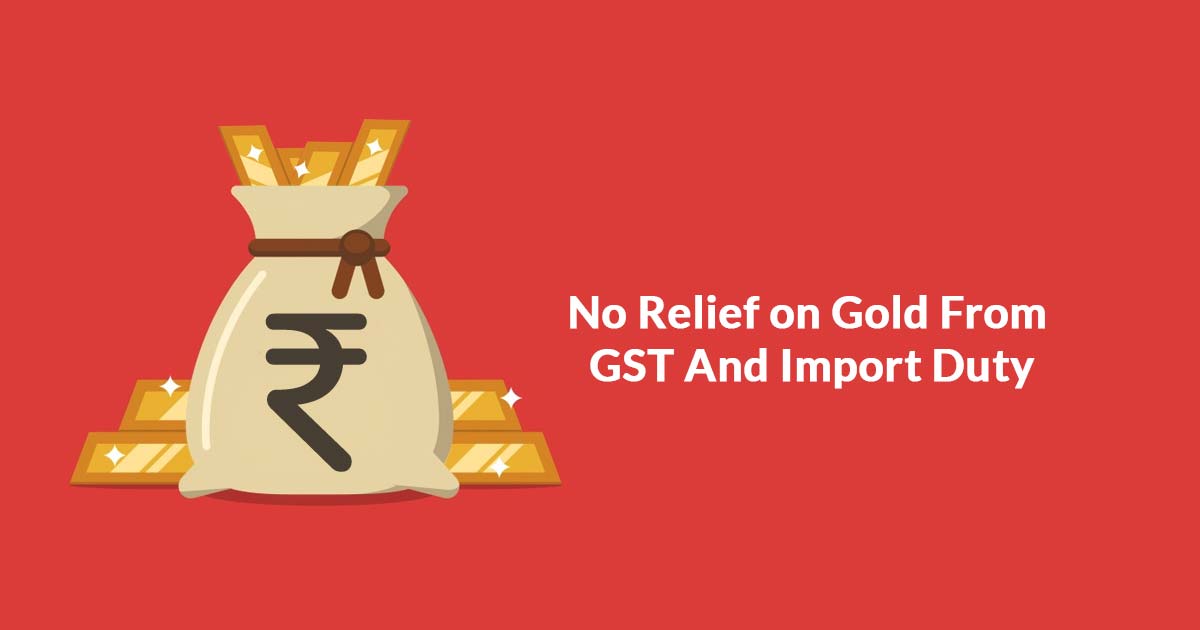
This is also reflected in the Finance Ministry’s recent turndown of one of the recommendations made by a Niti Aayog Panel headed by its principal economic adviser Ratan P Watal. The panel had recommended a reduction on GST as well as import duty on Gold. The current GST rates and import duty on Gold stand at 3% AND 10% respectively.
While pundits would immediately point towards oil and gold imports for the rising trade deficits. But this is just one half of the story and a closer look at GDP charts brings forth a narrative that puts the traditional narrative of India’s insatiable gold lust for the trade deficits to dust. Bullion imports fell from $61.4 billion in 2011-12 to $31.9 billion in 2013-14. The last fiscal year witnessed a modest growth to $36.9 billion. Hence a turndown on recommendations appears an out an out protective measure to check any further slump.
Reportedly, the Niti Aayog Panel wanted to double gold’s contribution to the GDP by 2022 and create jobs in the reviving sector. However, the Finance Ministry thought otherwise and felt the move was not feasible at this point in time. An official said, “There are concerns that if the import duty is lowered, the trade deficit and the CAD could widen further”. A few key boiling points of the current state of external balances include:
With $18 billion in July trade deficits, India trade deficits are at a five-year peak. Financial Year 2017-18 recorded a mounting increase in the Trade deficit to around $157 billion (an increase of 44% from previous years)
The Bigger Picture of Gold Market
After recording a sluggish few import years from 2013-17, the year 2017-18 witnesses 23% increase in Gold imports. Trade pundits believe these could have escalated further and in turn, reflected on the deficits and in the process widen 2.7% of the CAD. Bullion imports accounted for 1.9% in FY18 and 0.6% in FY17.
Also, another impact of higher gold imports could be on the customs duty which increased from 1% in 2011 to 10% by 2013 amidst a record CAD gap of 4.7% in FY13. the stakes for accepting the Panels recommendations were high. For the time being it seems that the worst choice among a whole host of bad options has been made.
Recommended: Gold GST Rate: Impact on Consumer Before and After
This can be seen from the fact that the Ministry has accepted other recommendations like the creation of a gold bullion exchange for creating an ecosystem for both tangible and intangible gold products. Furthermore, Watal panel proposal for setting up of Gold Board of India and a Gold Domestic Council has struck cord with the Finance Ministry.